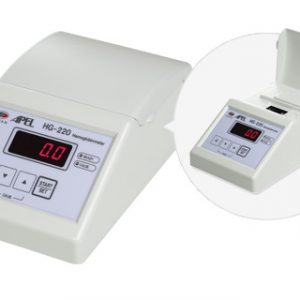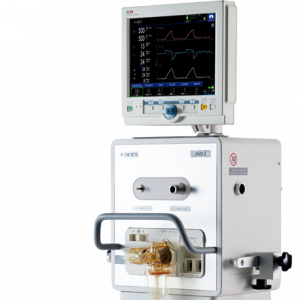Specifications:
Further Information
Pulmonary stenosis represents about 7% of congenital heart disease. However, it can also occur later in life secondary to increased pulmonary pressures. In neonates, it may occur as an isolated defect or as part of a more complex lesion, such as the Tetralogy of Fallot. The latter is a combination of four congenital abnormalities, including a ventricular septal defect, pulmonary valve stenosis, a misplaced aorta and a right ventricular hypertrophy. Abnormalities similar to this specimen can now be corrected surgically.
The natural course of congenital pulmonary stenosis varies with age and severity at age of development. Pulmonary stenosis can be thought of on a scale of mild, moderate and severe. While mild pulmonary stenosis can remain asymptomatic and indolent without diagnosis for several years, moderate pulmonary stenosis can rapidly progress to severe stenosis. Severe pulmonary stenosis has significant effects on the heart due to increased pressures leading to right ventricular hypertrophy. Severe pulmonary stenosis is often associated with right ventricular outflow obstruction and subsequent cardiac failure. Thus, moderate to severe pulmonary stenosis may manifest as dyspnoea, chest pain or syncope.
Other complications of severe pulmonary stenosis, include infective endocarditis and arrhythmias caused by remodelling and scarring of the ventricular and atrial walls. Diagnosis of pulmonary stenosis is often achieved through transthoracic echocardiography. Other imaging modalities include MRI and CT.
Catalogue: PDF
See more products OpenMedis brand.










Reviews
There are no reviews yet.